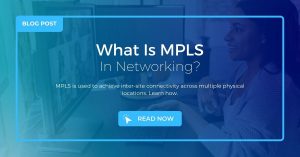
What Is MPLS in Networking?
Using MPLS, an enterprise can virtually connect two of its locations — regardless of where they’re located.

Using MPLS, an enterprise can virtually connect two of its locations — regardless of where they’re located.
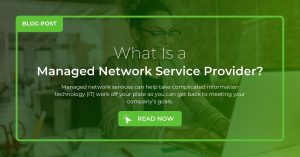
Managed network services can help take complicated information technology (IT) work off your plate so you can get back to meeting your company’s goals.

Remote work requires security solutions for sharing data, accessing files, and collaborating across networks. Learn about some of the pros and cons of VPNs and a few of the alternative solutions available.
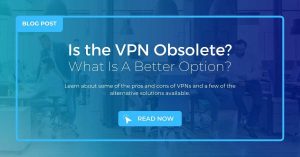
Remote work requires security solutions for sharing data, accessing files, and collaborating across networks. Learn about some of the pros and cons of VPNs and a few of the alternative solutions available.
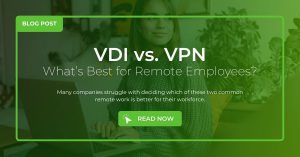
Businesses who plan to implement remote work policies should consider using VDI or a VPN. Discover the best option for remote work from VPLS.
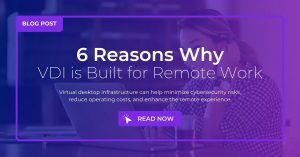
Businesses with remote work policies can benefit from a virtual desktop infrastructure. Learn more about VDI for remote employees from VPLS.
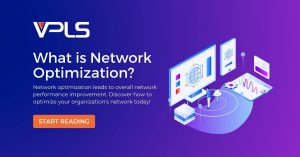
A good network optimization service provider can identify vulnerabilities quickly before they escalate to bigger problems. Network optimization leads to overall network performance improvement.
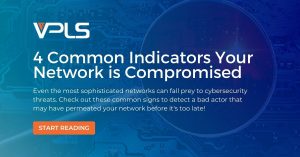
When your enterprise’s network is hacked or compromised, it can be tricky to recognize the signs without the help of a managed cyber security service expert.
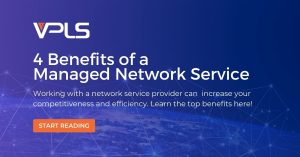
Whether you are a business manager or a seasoned IT professional, a managed network service can make your job easier and allow you to focus on achieving your business goals.

Whether you are a business manager or a seasoned IT professional, a managed network service can make your job easier and allow you to focus on achieving your business goals.